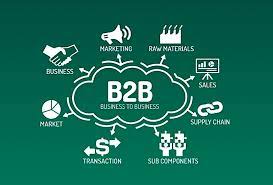07
Nov
The neuroscience of B2B sales with goal setting and motivation explores how the brain processes and responds to goal-oriented tasks and motivations in the context of business-to-business sales. Understanding the underlying neuroscience can provide insights into how to optimize sales strategies and enhance performance. Here are some key aspects to consider: Goal Setting and the Brain:Setting clear and specific goals is essential for B2B sales success. When individuals set goals, it activates the prefrontal cortex, which is responsible for planning, decision-making, and goal-oriented behavior. This activation helps focus attention, prioritize tasks, and mobilize resources towards achieving the set goals. Intrinsic…


